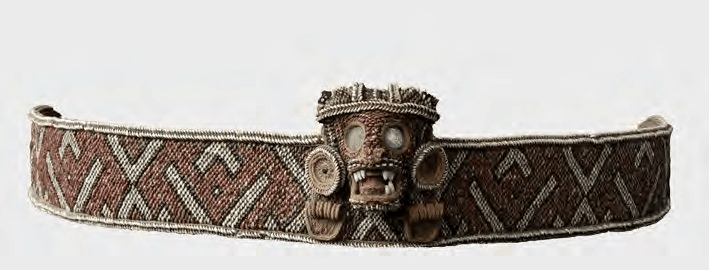Kathleen Deagan's En Bas Saline: A Taino Town Before and After Columbus is a dry study of an important Taino town on the northern coast of Hispaniola. Possibly the site of La Navidad as well as the main settlement of cacique Guacanagaric, En Bas Saline's indigenous population appears to have been a Chican culture occupying an area of Meillacoid populations. Of course, due to the lack of adequate excavations across northern Haiti, the degree to which the Meillacoid and Chican ceramic styles really indicate cultural identity is unknown. Indeed, despite research at the site of En Bas Saline conducted since the 1980s, we still lack enough information about the nature of the site and if it really was the capital of Guacanagaric. However, analysis of ceramic remains, evidence of structures and the central mound and plaza, faunal remains, ornaments, tools, and postcontact artifacts collectively suggest the site was the settlement of a cacique. Lamentably, the exact nature of Taino sociality and the degree to which Taino cacicazgos were corporate chiefdoms or centered in an individual remains a debate. It is too early to say definitively what exactly was the basis for chiefly authority and to what extent they controlled or redistributed goods and the economy. It was also strange that Deagan did not find evidence of cemis or other artifacts associated with caciques. While evidence for some degree of stratification can be traced in the elite residences and an elite infant burial, it would seem that Guacangaric was a minor cacique compared to the well-known figures of Caonabo or Beheccio.

No comments:
Post a Comment